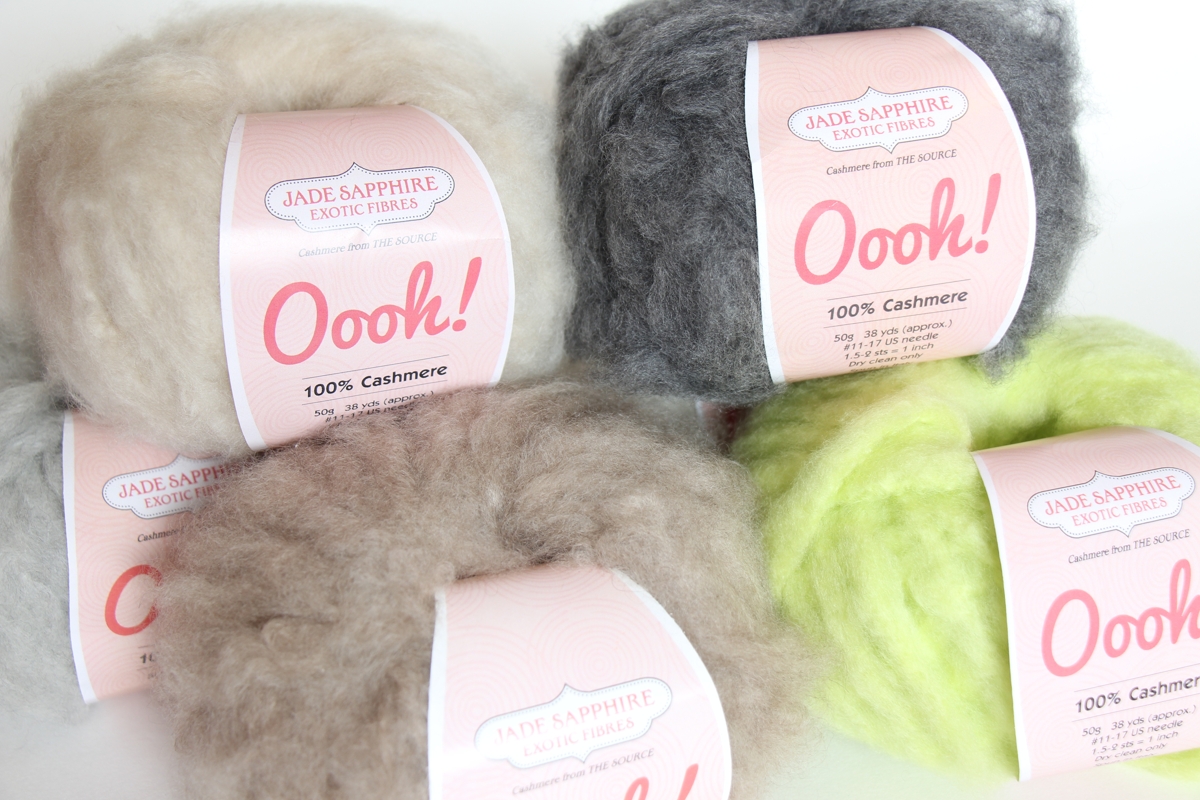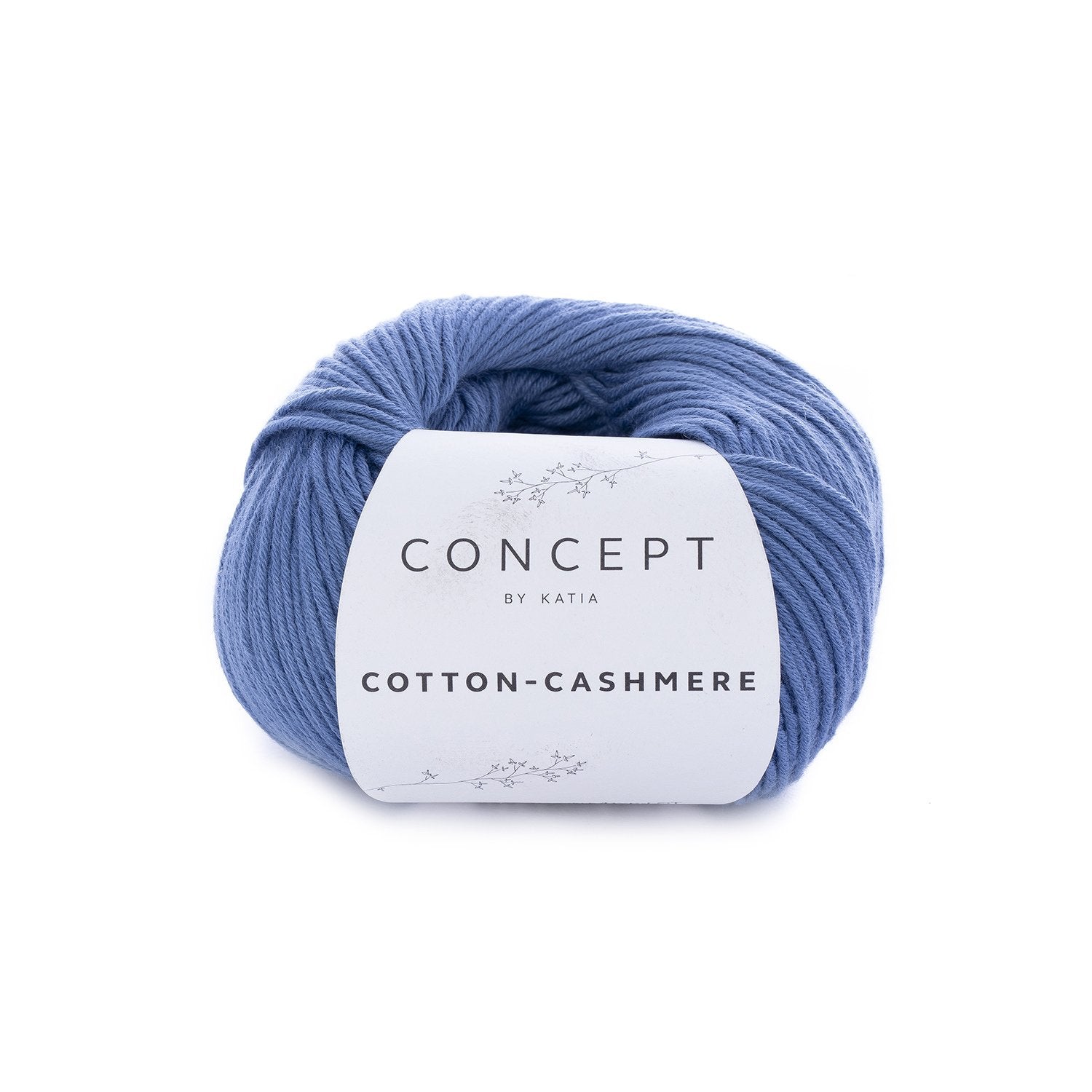What Is Cashmere and How Does It Compare to Other Fabrics?
Wiki Article
Comprehending the Different Kinds of Cashmere a Natural Fiber and Their Unique Advantages

The Beginnings of Cashmere: A Historic Summary
While the extravagant touch of cashmere proceeds to beauty modern-day customers, its beginnings map back to the extreme, cold climates of Mongolia and the Himalayas. For centuries, the native individuals of these areas have actually been elevating Capra Hircus goats, the prime resource of cashmere woollen. These goats, resilient against the severe winter seasons, grew a fine undercoat to make it through, which later became known as cashmere.

The Manufacturing Process: From Goat to Garment
Shearing a Capra Hircus goat notes the inception of the complex cashmere production process. The resultant raw cashmere is then cleaned to eliminate contaminations such as dirt, veggie, and oil matter.The tidy fiber is subjected to coloring, spinning, and weaving, or knitting, to transform it right into a fabric. Complex treatments like high quality control checks and ending up processes follow, guaranteeing completion item maintains the luxurious requirement expected of cashmere. This painstaking procedure, from goat to garment, validates the high expense connected to cashmere products, making them a symbol of luxury and improvement.
The Different Kinds Of Cashmere: An In-depth Analysis

The Distinct Advantages of Cashmere: Convenience and Sustainability
Moving from the variety of cashmere kinds to the benefits they provide, comfort and sustainability stand apart prominently. Cashmere, an all-natural fiber, is renowned for its exceptional soft qualities, providing a degree of comfort that synthetic fibers can't match. The material's agility, yet outstanding warmth retention, makes it excellent for all periods. In addition, cashmere's natural flexibility enables it to return to its initial form, making it immune to diminishing or stretching.When it involves sustainability, cashmere is biodegradable and renewable, as it's collected from cashmere goats that regrow their layers annually. what is cashmere. Unlike synthetic fibers which can take hundreds of years to decay, cashmere's influence on the environment is very little. This combination of comfort and sustainability makes cashmere a valuable choice for mindful customers

Taking Care Of Your Cashmere: Upkeep and Preservation Tips
While cashmere is certainly a glamorous and sustainable selection, it needs particular like maintain its quality and expand its life expectancy. To start, cashmere should be hand cleaned using cool water and a moderate detergent. Stay clear of twisting or wringing the garment as it can damage the fibers. Instead, gently capture out excess water and lay it level on a towel to completely dry. Moreover, cashmere products must be kept in a cool and dry area, far from straight sunlight and wetness. Using moth repellents can shield these garments from possible damage. It's a good idea to avoid hanging cashmere to prevent stretching. Instead, layer and store them effectively to maintain their form and high quality gradually.
Purchasing Cashmere: Recognizing Its Worth and Worth
Although cashmere is cashmere a natural fiber might originally feel like a costly investment, its long-lasting value and worth come to be apparent when you consider its impressive top qualities. Recognized for its unparalleled softness and heat, cashmere is a premium natural fiber that surpasses various other materials. Its high need and restricted supply add to its high cost, however its resilience ensures it lasts for years, supplying outstanding worth for cash. Cashmere items are timeless, typically becoming antiques gave through generations. what is cashmere. Its all-natural protecting properties supply warmth without the mass of synthetic fibers. Buying cashmere, consequently, is not almost present fashion trends, yet concerning accepting a lasting, lasting, and luxurious lifestyle.Final Thought
In summary, the kind of cashmere one selects, be it Mongolian, Chinese, or Italian, is dictated by private choices for heat, deluxe, budget plan, and sustainability. Comprehending the beginnings, manufacturing process, and unique benefits of various kinds of cashmere can guide customers in their financial investment in this lavish natural fiber.Whether it's the exceptional heat of Mongolian cashmere, the affordability of Chinese cashmere, or the eco-conscious manufacturing of Italian cashmere, there's a tale to be discovered behind each fiber type. Cashmere, a natural fiber, is renowned for its exceptional soft qualities, supplying a level of convenience that artificial fibers can not match.When it comes to sustainability, cashmere is renewable and naturally degradable, as it's gathered from cashmere goats who regrow their coats annually. Known for its unparalleled softness and warmth, cashmere is a premium all-natural fiber that outperforms other products. Understanding the beginnings, production procedure, and special benefits of different kinds of cashmere can assist consumers in their financial investment in this elegant natural fiber.
Report this wiki page